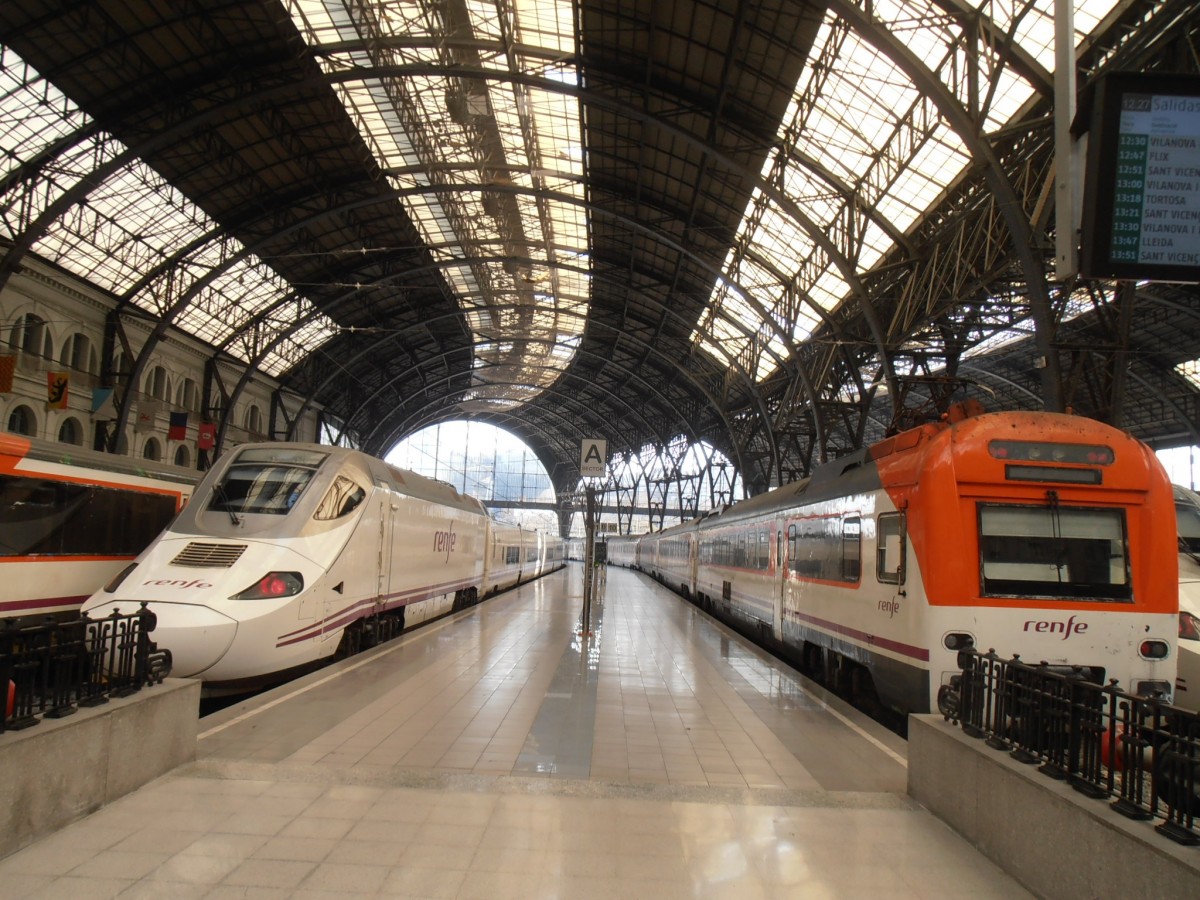

The overall financial performance of rail operators is heavily dependent on the performance of critical assets; rolling stock such as locomotives, wheels, wagons, and linear assets such as tracks and signaling systems. When these assets are not running, the company is not making money. For rail operators, it is critical to maximize asset utilization, manage risk before it becomes a problem, analyze the condition of every asset including automatically calculating the current condition, and standardize the asset registry business process according to ISO 55000/01/02 guidelines. Addressing these challenges is critical in delivering sustainable gains in asset performance and profit. To maximize asset utilization, rail operators should:
Manage assets based on risk and criticality to help systematically prioritize work and enable company’s maintenance structure to become more strategic. By carrying out a risk and criticality assessment of the assets, operators can identify not just which are the critical assets, but also what are the critical parts for those assets – enabling them to maximize utilization, prioritize work and inventory accordingly to ensure that the most important work is done first.
 Assessing the criticality of parts and adjusting inventory levels accordingly can free up valuable capital. Providing access to digital part manuals at the point of maintenance via mobile devices expedites parts identification, ordering, and maintenance processes. Integrating detailed parts information into a vendor portal provides access to vendor score carding, lead-time metrics and vendor performance history to help determine which parts genuinely need be stocked on-site and increases asset utilization.
Assessing the criticality of parts and adjusting inventory levels accordingly can free up valuable capital. Providing access to digital part manuals at the point of maintenance via mobile devices expedites parts identification, ordering, and maintenance processes. Integrating detailed parts information into a vendor portal provides access to vendor score carding, lead-time metrics and vendor performance history to help determine which parts genuinely need be stocked on-site and increases asset utilization.
Field maintenance productivity often suffers from a lack of real-time management visibility, insufficient automation tools for workers, and no real-time planning and tracking. Mobile solutions can provide real-time visibility into what workers are doing, improve asset utilization, and drive collaboration and effective operational decision making. This includes enabling a productive flow of timely, accurate information to and from the field, more effective service planning and scheduling, and streamlined field operations.
Safety starts with empowering rail operators with information at the point of performance. For instance, providing consolidated technology to the field workers about to carry out work on a multiple equipment, could ensure high asset utilization. Other strategies include ensuring that assets are available and safe to perform work and providing monitoring credentials. All of these strategies can be streamlined by putting information and best-practice safety processes in the hands of maintenance workers on-site through mobile technologies. Doing so protects workers, assets, and margins.
It is important to develop the mechanisms to foster information sharing. Whether it is through Strategy Development Groups, task forces or any other collaborative spaces, rail operators should actively engage the various stakeholders within the hierarchy to fully identify the key problems, improve asset utilization, and develop sound solutions. Furthermore, information sharing may not only be incentivized for planning purposes, but also to recognize the value of information as an input and output to operational processes. However, it is also important to understand the full implications of these efforts, because of the very value of information. The resolution of the data, privacy concerns, open or controlled access, the structure of the managing agency, and the validity of the sources, are just a few among the number of factors that need to be addressed when developing such information systems and sharing practices.
ARC Advisory Group has recently published a new comprehensive global market research study, ‘Rail Asset Management'. This ARC market study addresses the market size and forecasted growth (2017-2022) on a global scale, market drivers and opportunities in the global market, supplier market shares, product availability, alliances, and strategies for both suppliers and potential users, plus the impact of key trends on this industry. It also serves as an effective planning guide for suppliers of rail asset management services, such as corrective, preventive, and predictive maintenance solution; train overhauls and infrastructure renewals; wheels and axle management; maintenance performance analysis; asset utilization; and continuous improvement methodologies

